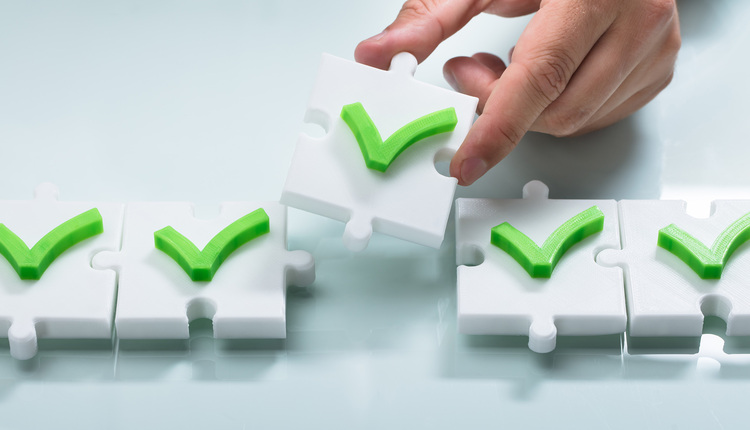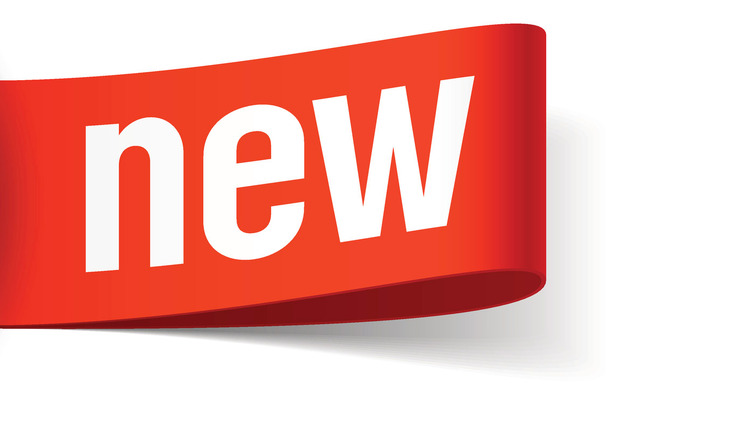The purpose of this article is to give you all of the information that you will need to select the right folder inserter for your organization. I originally wrote this article back in 2012, but since then, there have been many updates that will be highlighted to keep you up to date with this space.
The inserter market is broken out into three segments, primarily based on mail volumes, as you can see from the chart below.
Convenience | Tabletop | Production | |
Vendors | Pitney Bowes, Neopost, Hasler, FP, Formax | Pitney Bowes, Neopost, Hasler, FP, Formax | Pitney Bowes, Neopost, Bell & Howell, Bowe Systec, Kern, and others. |
Typical Monthly Use (Finished Pieces) | <5,000 | 5-200,000 | >200,000 |
Equipment Speed (Pieces per Minute) | 900-1400/hr | 2-5,500/hr | 6-33,000/hr |
Number of Feeders (Sheet and Insert) | 2-3 | 2-17 | Customized for needs |
Flats Inserting (9X12 or 10X13) | N/A | High end models | Optional |
Meter Interface | N/A | Optional | Optional and inline |
Exit Stacking | Catch Tray | Catch Tray or Conveyor | Conveyor |
Scanning Intelligence (OMR, Barcode) | N/A | Optional | Optional |
Mail Run Data File Validation | N/A | Optional - High End | Optional |
Print Envelope in line | N/A | N/A | Optional |
Size | 2-3 FT of Counter | 4-15FT (Vendor may provide tables) | 12+ FT, typically in a L or U Configuration. |
Complexity | Casual user | Some training required. | Dedicated operator/s |
Job Changes | Quick - Few buttons to press. | Quick - Units have 10-20 preset jobs and can auto detect material. | Requires a dedicated operator and may take time to set up and test. |
Price Range | $4-6,000 | $10-100,000 | >$150,000 |
Here are the items you need to consider when selecting the right system:
Monthly Volume - All units have a specific maximum monthly volume they can process. In my experience, most organizations do not come close to this number, but it needs to be looked at. Service contracts may become void if these volumes are exceeded and you could experience increased service calls and downtime.
Machine Speed - Many units are compared based on speeds that run from 900-33,000 pieces per hour. Keep in mind that this is the cycle speed and that actual outputs will depend on many factors, such as number of pieces being inserted, the complexity of your collations, as well as stalls and paper reloads. As a rule of thumb, cut down these speeds by 30% to derive what you can expect in your environment.
Mail Piece Requirements - This is the most important item in selecting a unit. Make sure you know the following about your mailings:
How many sheets? - Individual sheet feeders can typically pull multiple pieces, but often times this is not how the documents are prepared. Let's say you have an invoice and a separate advertising piece. Typically these are not printed in the same run and would require a second sheet feeder to process into the envelope.
How many inserts? - Inserts are items that do not require folding such as a return envelope or small advertising pieces. These typically need to be loaded into separate designated feeders although some tabletop units are interchangeable.
Do you need intelligence? - I know this sounds funny, but many units can be configured with a scanner that can read markings on the printed documents. These markings are either optical marks (OMR) or barcodes that tell the inserter how many pieces to collate together prior to folding and inserting. This is very important for organizations sending out invoices and statements that could have varying page lengths. It also provides a higher level of security that the document is not getting into the wrong envelope.
How does it collate? - If you have multiple pages being pulled from one feeder, you need to make sure that the unit will collate them prior to folding. Most units do this, but it is something you need to validate, otherwise each page could fold individually, making it difficult for the customer to read. Also, if you are adding inserts, are they nested within the document or outside of the fold on its own?
Where is the address? - If you are using window envelopes, you need to make sure your unit can do the right fold to be able to get the address into the right spot. Most of the time the address is at the top of the document and it is not an issue. The problem comes when the address is on the bottom panel as you will see at times with accounts payable and payroll checks. Higher end units will be able to accommodate these types of documents by turning them in the unit. For other models, you can order reverse flap envelopes (the opening is on the bottom vs. the top) but these can be more expensive.
Do your material sizes meet the vendor requirements? - The majority of mail pieces run through these systems are standard size paper and envelopes, but they can work with different size materials. Have the vendor test your samples to make sure they run and are within the unit's specifications. This is imperative with the envelopes. The flap, opening and design can have huge impact on how well the unit performs. Also, you typically need at least ½" of clearance (1/4" on each side) between the document and the envelope, so when the machine opens the flap, the piece can slide in easily. The biggest offender of this is invitation style envelopes, which may be custom and do not typically meet standard specifications.
Location Requirements - Make sure that the physical requirements of the unit you select will work in your environment. Consider these items prior to ordering a unit:
Will the unit fit in my space? - These systems can get large and you need to make sure your room can handle the unit. Add a few extra feet for space for loading and unloading paper and envelopes when operating.
What will the unit sit on? - Smaller units are flexible, but medium and larger systems may require their own customized table. This is because they are heavy and need a good support system that will not sway when the unit is running. Also, these tables may be on casters so the unit can be wheeled back when serviced. Since these units are tall, make sure your table can be adjusted to the right height to making it workable for your staff.
How much noise will it make? - These systems are running mail at thousands of pieces per hour and can get loud. I do not recommend putting them near a reception desk and you want to make sure that the location will not disturb nearby workers.
System Complexity - Make sure the unit is simple for your staff to run or that the vendor provides detailed training with future resources made available as needed.
Vendor Support - Once these units are set up in your operation, they become depended on and disruptions in service can create huge internal bottlenecks. I have a customer whose only job is 30,000 statements at the end of the month. If the machine goes down it can significantly impact their cash flow. Make sure that you get references from other local customers from your supplier and inquire on the service response times and ongoing support history.
The newest trends with Folder Inserters:
Production features moving into the Tabletop space. Examples of this include barcode scanning, Mail Run Data File optimization, and exit scanning.
Touch screen user interfaces that are simpler for the operators and provide increased features.
Network connectivity to the inserter allowing diagnostics, software updates, and data exchanges to monitor activity remotely.
Web Services - The vendors are trying to increase the flexibility of their solutions and provide ways to do the following:
Data Enhancement - This could be as simple as adding barcodes to your document to be to read on the inserter or redesigning the document to optimize print and postage.
Routing Print - By manipulating the print file, software can send the documents to the inserter, to a different location closer to the final destination, to third party mail service providers or e-delivery.
Data Storage - With the print file they can now store each final piece as a separate PDF that can be retrieved on premise or off. This could help reduce items that need to be mailed or can work with your e-delivery objectives.
Hopefully this article was a helpful reference guide on what to look for with when selecting an inserting system. After working with thousands of customers, these are the main areas that made the difference and got them the system that was right for their needs.
Adam Lewenberg, CMDSS, MDC, President of Postal Advocate Inc., runs the largest Mail Audit and Recovery firm in the United States and Canada. Their mission is to help organizations with large numbers of locations reduce mail related expenses, recover lost postage funds, and simplify visibility and oversight. Since 2013, they have helped their clients save an average of 52% and over $16 million on equipment, fees and lost postage. He can be reached at 617.372.6853 or adam.lewenberg@postaladvocate.com.















